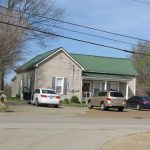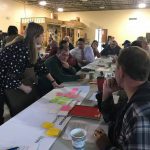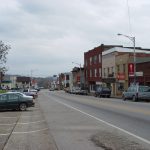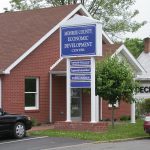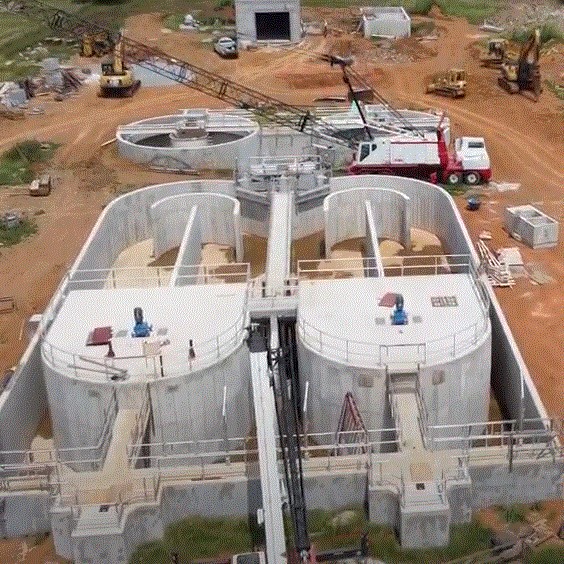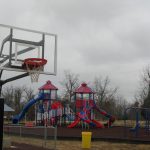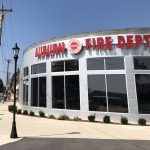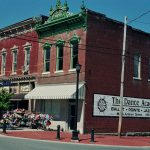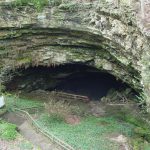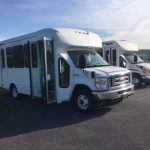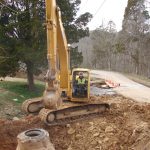Community Resilency Toolkit
Learn from Local Successes and Regional Strategies as you implement your Strategic Plan
As part of the 2022 Comprehensive Economic Development Strategy Update for the Barren River Area Development District Region, and in response to the COVID-19 pandemic, the Economic Development Authority requires development districts to take a look at resiliency as it applies to our communities. With this in mind, BRADD developed the below toolkit to provide a closer look at resiliency by category complete with resources for goal/objective implementation and local success stories.
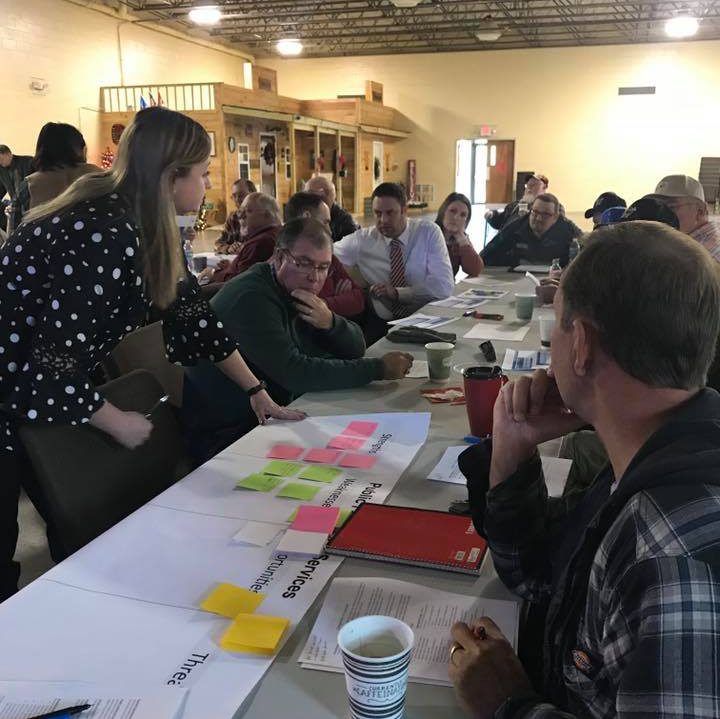
Resources by Category
Below you will find a selection of success stories and best practices for communities to utilize as they implement their Strategic Plans. We’ve sorted the resources into the same categories found in each Community’s Strategic Plan for ease of use.
Affordable Housing is, put simply, housing that a household can obtain, while still having money left over for other necessities such as food, transportation, and health care.
Civic and Leadership Development are strategies that make a difference in the civic life of our communities and develop the combination of knowledge, skills, values, and motivation of our citizens and our leaders.
Downtown development is the promotion of development, redevelopment, and revitalization of the central business districts and adjacent areas in a city.
The main goal of economic development is improving the economic well-being of a community through job creation, job retention, and quality of life.
Infrastructure encompasses the basic physical and organizational structures and facilities needed for the operation of a society or enterprise; including: utilities dams, and ditches/levees/stormwater retention services.
Public facilities and services are defined as institutional responses to basic human needs, and contribute to the quality of life for both individuals and groups in the community. These facilities and services include schools, homeless shelters, community centers, senior centers, parks/recreational facilities, and daycares/childcare providers among others.
The Public Health & Safety sector encompasses an array of services and activities within the medical, public health, and social services fields. The services and activities included in this category aim to support both the physical and mental health of residents while providing for safe communities with adequate and efficient emergency response services.
Sense of Place refers to a community’s own identity. It is those often intangible aspects that make the community feel like home. Sometimes referred to as “Place Making” this element aims to support place-based initiatives to improve residents’ quality of life.
Tourism and cultural events attract temporary visitors to places where they can experience and engage with the community. Strategies within this element could include the development or support of agri-tourism, eco-tourism, or other traditional tourist attractions in each community.
Transportation is a key component of a community’s development and quality of life. Along with traditional road infrastructure, this element also includes the development/support of transit services, airports, rail transportation, pedestrian infrastructure, bicycle infrastructure, trail development (including river trails), and other multimodal forms of transportation.
Workforce development refers to community efforts to train individuals for specific jobs or industries. Training may cover everything from soft skills (work ethic, attitude, getting to work on time) to basic skills (literacy, numeracy) to specific job skills (carpentry or website development).
